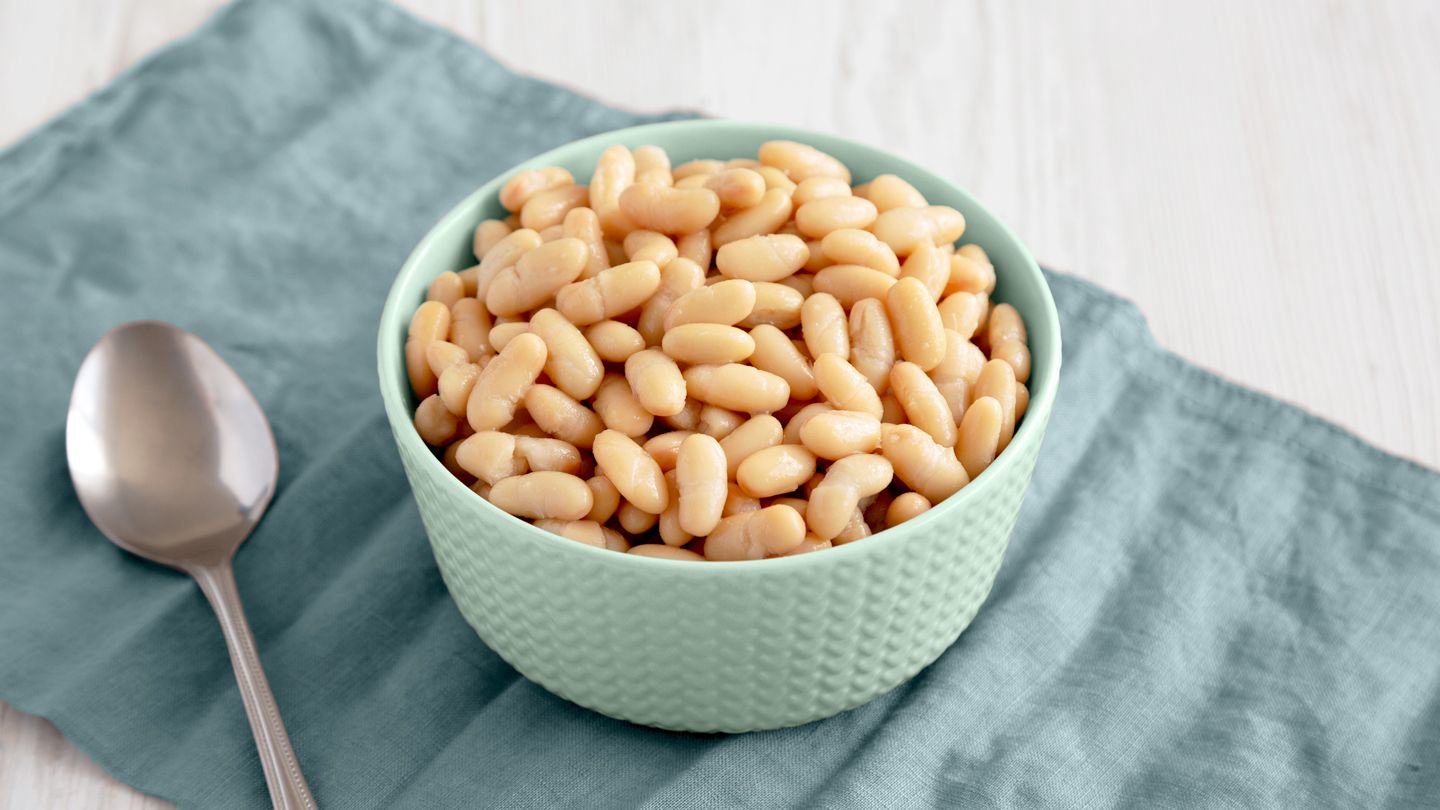How to Prevent Gas From Beans
Aside from choosing beans that are lower in fermentable fiber, there are some other things you can do to make them easier to digest.
Soak Beans Before Cooking Them
When cooking dried beans, soaking them before boiling makes them easier to cook. It can also reduce the amount of oligosaccharides that cause gas and bloating.
A study published in Food Research International analyzed the oligosaccharide content of a variety of legumes after soaking them at different temperatures.
Researchers found that soaking beans for one to three hours in water at 45 degrees C (113 degrees F) reduced alpha-galactosidase, a type of oligosaccharide, by 50 percent. Using water that is slightly acidic seems to contribute to this process.
Change Out the Cooking Water
Once you’re done soaking, pour out the soaking water and replace it with fresh water to cook.
Once the cooking process is complete, pour out that water and replace with new water, if desired.
According to a study published in the Journal of Nutritional Science and Vitaminology, this can reduce the oligosaccharide content by 25 to 85 percent, depending on what type of bean or lentil you might be cooking.
Introduce Beans Slowly
Increasing your fiber intake too quickly can make digestive problems worse. Slowly introducing beans to your diet gives your body time to adjust to the added fiber.
A study published in Nutrients looked at the effects of added dietary fiber on gastrointestinal comfort in 38 participants. In the first week, participants frequently reported experiencing gas and bloating. By the second week, participants reported no adverse digestive symptoms.
A Note About Toxins
Raw or undercooked beans contain the protein lectin. In high amounts, lectin can cause nausea, vomiting, and diarrhea. While canned beans shouldn’t pose a risk, soaking and boiling dried beans until they are fully cooked removes lectin, making them safe to eat.
Read the full article here




